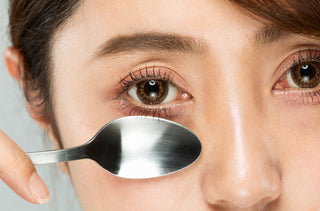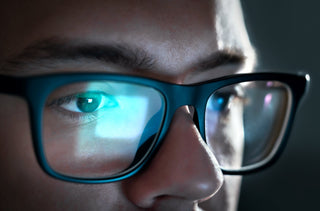Have you ever noticed the fascinating diversity of eye colours, from crystal blue to emerald green to deep brown? But where does this variation come from, and what determines the colour of our eyes?
Melanin: the key pigment
Eye colour is primarily determined by the quantity and distribution of a pigment called melanin in the iris. The more melanin, the darker the eye colour. Conversely, a low level of melanin results in lighter eyes.
The iris has two layers:
- Pigment epithelium: always dark brown, regardless of the individual.
- The stroma: this is where the magic of colour takes place. If the stroma contains a lot of melanin, eyes appear brown or black. If it's low in melanin, light scatters and creates blue or green reflections.
A play of light and reflection
Contrary to popular belief, there is no actual blue or green pigment in the eye. These colors are the result of the way light is diffused by the stroma. This effect is similar to that which makes the sky blue: light of certain wavelengths is more dispersed than others.
Genetic inheritance
Eye colour is a hereditary trait, but it doesn't follow a simple pattern. In the past, it was thought that a single gene determined eye colour. Today, we know that there are at least 16 genes involved in this process.
Two of the most influential genes are:
- OCA2: which regulates the amount of melanin produced.
- HERC2: which controls activation of the OCA2 gene.
So, even if two parents have light eyes, they can have a child with darker eyes if their genes carry a latent variation.
Can eye colour change?
Eye colour can change with age. Many babies are born with grayish-blue eyes due to low melanin production, which increases over the months. In some adults, subtle changes can also occur, depending on lighting, emotions or age.
Rare and unique colours
Certain shades of eye colour are extremely rare:
- Green eyes: only 2% of the world's population have them.
- Grey eyes: caused by a particular structure of the stroma that diffuses light even more.
- Heterochromia: a condition where a person has two eyes of different colours, often due to genetic variations or mutations.
Our eye colour is the result of a fascinating mix of genetics, pigmentation and optical phenomena. Whether your eyes are light or dark, they are a unique signature of your identity and proof of human diversity!





















































